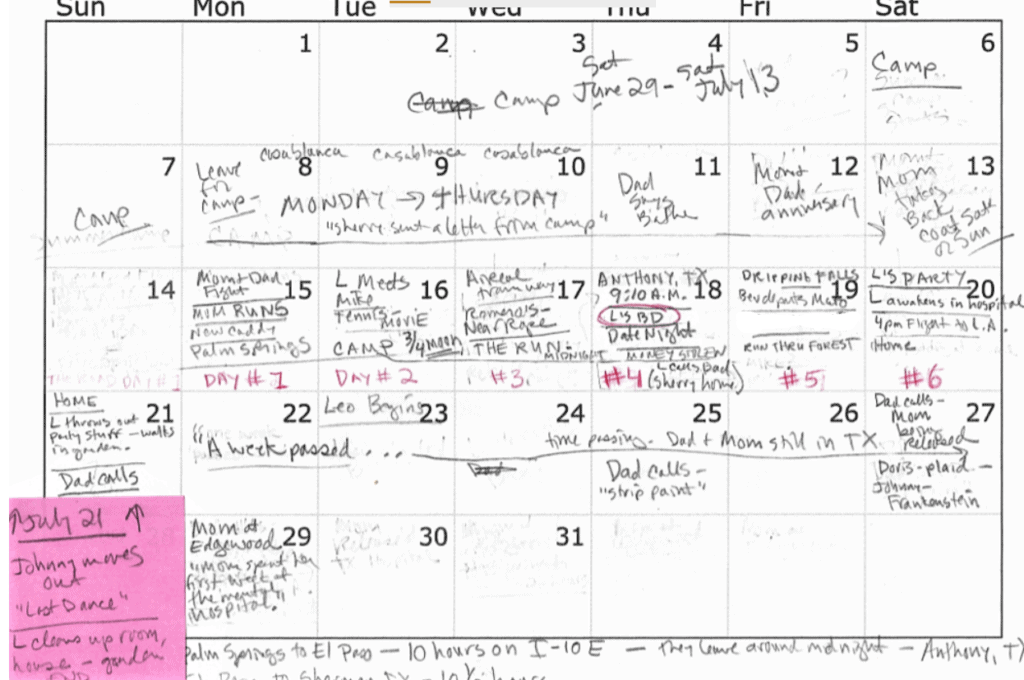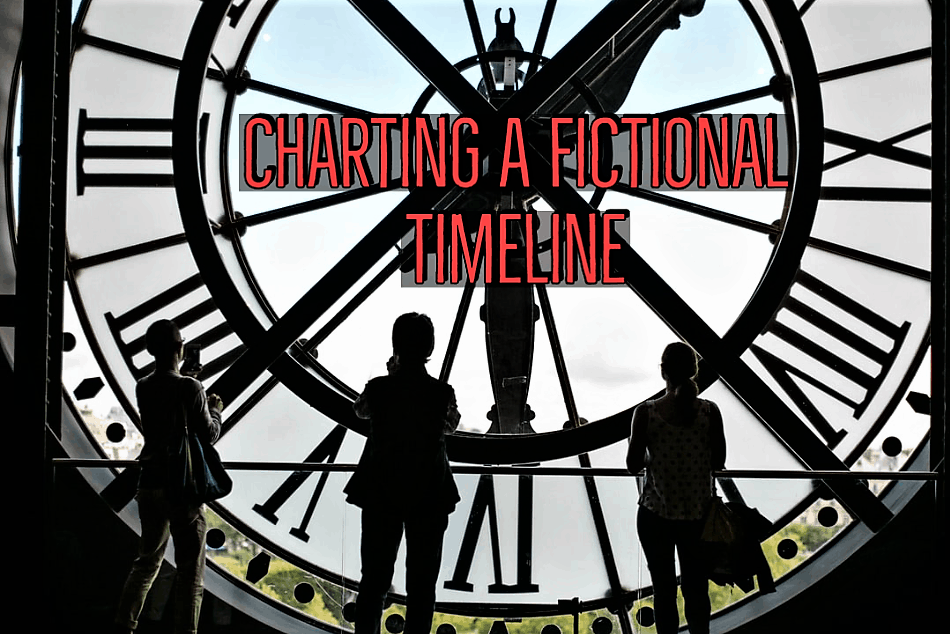August 17, 2020
New York, New York
The rats were hungry …
This is where my novel starts, so should I begin my chapters with the location and time italicized like this? Do I really want to date my book so clearly? By next year, my plot may already feel out of date. Maybe this instead:
August 17
New York, New York
The rats were getting hungrier …
That’s better. Even though my novel’s plot has a carefully constructed timeline (more on this below), by offering less detail throughout, it will be harder for any cranky Amazon reviewer to bust me for any perceived calendar mix-ups.
Boarding that train of thought makes me think that less is more. In a novel, the prose itself may do the most elegant and concise job. Here’s my new improved beginning:
That hot summer, Manhattan’s rats had never been hungrier…
Fast like lightning
While future readers may remain blissfully unaware of their efforts, novelists seeking to create a coherent narrative must address issues of setting and timeline. One of the keys to commercial fiction success is a fast-moving plot. By definition, this eliminates loose sections of writing: no indistinct or free-floating passages lacking context, no timeless flashbacks that confuse or disorient.
A novel might be set in the Stone Age or June 1968 or a hundred years from now on Neptune. It might be set today and written in the present tense—it doesn’t matter, fiction readers expect a book’s plot to move along an identifiable grid.
The reader should never pause with a question like this:
But if last night was Topless Tuesday, why are they going to Sunday school the next morning?
Regardless of whether a story is told in a linear manner, it must unfold logically on a calendar of the author’s making.
Avoid glitches
Writers do not want their readers unnecessarily confused or potentially distracted. Readers should be relaxed, enjoying the ride, having no doubts that they are in good authorial hands.
One way to build that confidence is by setting aside the manuscript and actually fashioning a timeline. You can use index cards or colored Post-it notes or a chart or a spreadsheet or a calendar.

Whatever strategy a writer uses to create a seamless read, plot mechanics may not be avoided. It doesn’t matter if you are a plotter or a pantser.
Virgo coffee addict
A plotter maps out the story in varying level of detail, depending on their birth sign and caffeine intake. A plotter knows where the action begins, where the characters go from there, and they are pretty sure they know where it ends. (Even so, surprises happen …) A plotter is likely to have a whiteboard on which sticky notes display the characters’ ages and birthdays. All good.
Gemini herbal tea
For a pantser: their book’s plot flows out of them like a fountain of words dictated by their characters. They think outlining is anathema to imagination; the idea brings to mind Tracy Flick and it cramps their literary style. In the end, they count on Dr. Freud to create a logical plot of their imaginings.
A third way
Stories often begin in chaos—ideas tumbling against other ideas, settings, and characters. From this, writers may create a calendar with plot details, assigning dates to story events they already know. A writer may be uncertain where their plot is headed and how it ends, but any outcome should work within this newly fashioned calendar.
After the words start flowing, this detailed plan or calendar is consulted less frequently. The characters take the lead. But along the way, when an author’s progress is stuck in the weeds, consulting this plan might get it moving again. Having set the developing fictional plot within the parameters of an actual calendar, it might now be reappraised, reimagined, and readjusted.
Pulling out and looking at the big picture often helps a writer understand what needs to happen and when.
A harmonious plot
When a writer successfully crafts a novel on a timeline, this stupendous accomplishment will likely go unnoticed by readers. But if there are storytelling hiccups, readers may well grumble.
If a plot jumps from August to December, it must still flow together. A flashback to three years ago in Beirut must jibe with the character’s biography. The timing should track while the tension never lags—no easy feat. All elements should combine and progress towards an exciting and satisfying climax.
One author I know tracked her timeline’s lunar phases—which meant on the night of her book’s climax, there was a stunning full moon. Nicely done.
When writing fiction, what timeline problems or confusion have you faced? How did you solve the problem? Share with us on Facebook.





